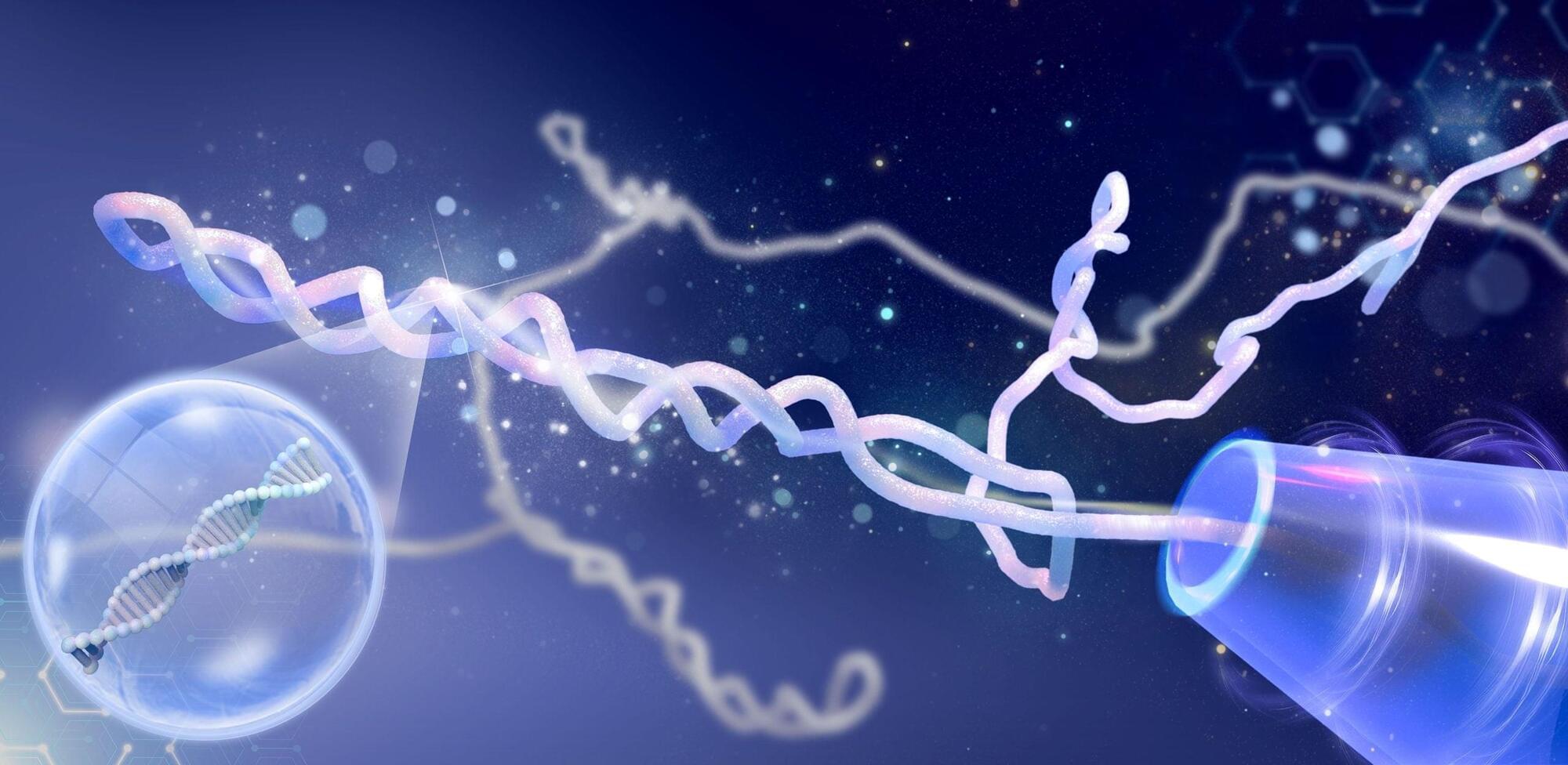Ancient Australian rocks suggest Earth’s continents formed later than expected and share a common origin with the Moon.



Summary: Advanced imaging reveals that COVID-19 may cause lasting brain changes, even in people without ongoing symptoms, pointing to hidden neurological effects that could persist long after recovery.
COVID-19 affects more than the lungs. Research shows that even after people have fully recovered from the infection, the virus can cause significant changes in the brain, underscoring its lasting effects on neurological health.
COVID-19 is widely recognized for its impact on the lungs, but growing evidence shows that the virus can also cause lasting changes in the brain, even in people who have fully recovered. These findings point to potential long-term neurological consequences that extend beyond the acute phase of the illness.





A new cybercrime tool called ErrTraffic allows threat actors to automate ClickFix attacks by generating ‘fake glitches’ on compromised websites to lure users into downloading payloads or following malicious instructions.
The platform promises conversion rates as high as 60% and can determine the target system to deliver compatible payloads.
ClickFix is a social engineering technique where targets are tricked into executing dangerous commands on their systems under believable pretenses, such as fixing technical problems or validating their identity.

A newly discovered campaign, which researchers call Zoom Stealer, is affecting 2.2 million Chrome, Firefox, and Microsoft Edge users through 18 extensions that collect online meeting-related data like URLs, IDs, topics, descriptions, and embedded passwords.
Zoom Stealer is one of three browser extension campaigns that reached more than 7.8 million users over seven years and are attributed to a single threat actor tracked as DarkSpectre.
Based on the used infrastructure, DarkSpectre is believed to be the same China-linked threat actor behind the previously documented GhostPoster, which targeted Firefox users, and ShadyPanda, which delivered spyware payloads to Chrome and Edge users.

Two former employees of cybersecurity incident response companies Sygnia and DigitalMint have pleaded guilty to targeting U.S. companies in BlackCat (ALPHV) ransomware attacks in 2023.
33-year-old Ryan Clifford Goldberg of Watkinsville, Georgia (in federal custody since September 2023), and 28-year-old Kevin Tyler Martin of Roanoke, Texas, who were charged in November, have now pleaded guilty to conspiracy to obstruct commerce by extortion and are set to be sentenced on March 12, 2026, facing up to 20 years in prison each.
Together with a third accomplice, the two BlackCat ransomware affiliates breached the networks of multiple victims across the United States between May 2023 and November 2023, paying a 20% share of ransoms in exchange for access to BlackCat’s ransomware and extortion platform.
